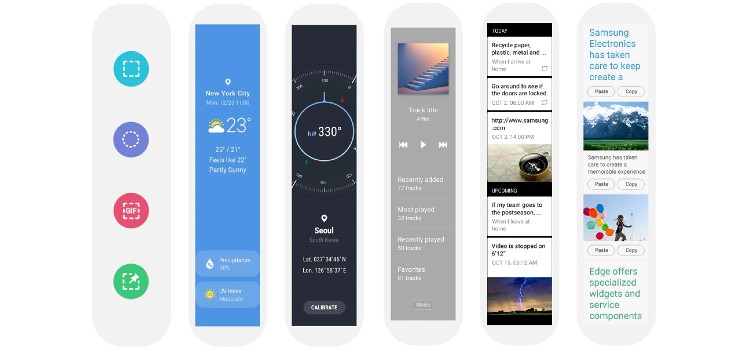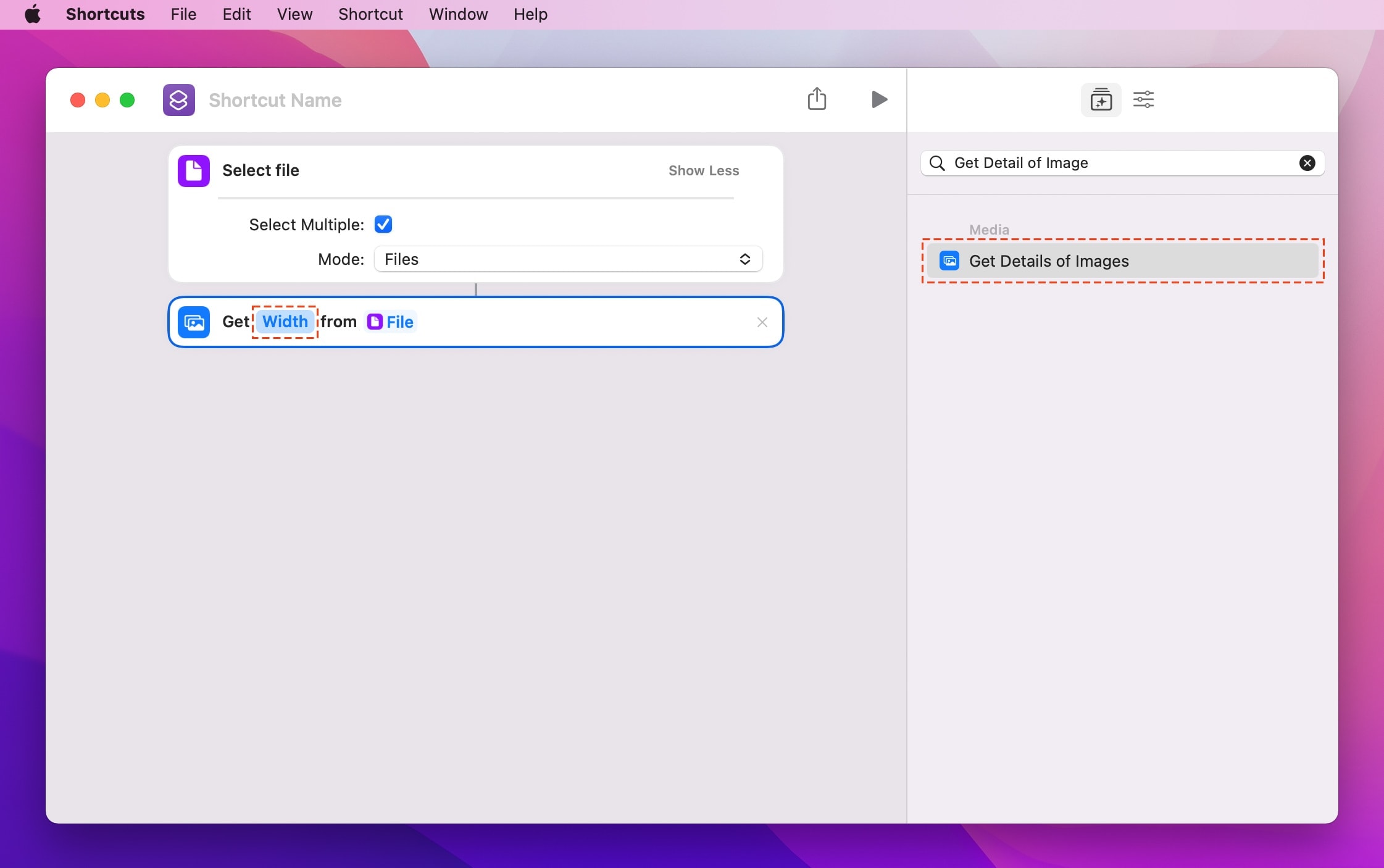

Poor image quality when downscaling images.Canvas memory overflowing on mobile devices for very big images.Browsers being confused by mobile photos EXIF orientation header.To keep the article concise our current solution does not cover these edge cases: This helps us prepare images for social media posts, profile pictures, familiar document sizes, or other popular media formats. View a demo of the end result on CodePen Conclusionīy using the HTML canvas API and some basic math we build a tiny crop helper function that makes it easy to quickly crop images in various aspect ratios.

Or, using async/await: const canvas = await crop ( 'path/to/our/image.jpeg', 16 / 9 ) this image will hold our source image data const inputImage = new Image ( ) // we want to wait for our image to load If you're working with just one element, you can.

Like most HTML tags, the tag accepts attributes. These attributes determine how the image is rendered. We’ll add the onload callback right before setting the src so we can capture the moment the image has loaded. No there's no demo using existing image.I tried inspecting the thtat demo page and found that image is loaded as back ground.I tried to load the existing image as background image of '.cropit-image-preview'.But the cropping is not working. prop(): ('.m圜heckbox').prop('checked', true) ('.m圜heckbox').prop('checked', false) DOM API. Two of these attributes are width and height, which define the width and height of the image.efore modern web development, you did not need to specify the image’s width and height in the HTML - instead, you did so in the CSS. Our next step is drawing the image to a, the canvas will allow us to modify the image data. It requires a few steps: Define an image with height set to 0 and padding-top equal to the. We can get to this data by loading the URL to an element. This technique lets you crop an image to a desired aspect ratio. To crop an image we need to access the actual image data. const imageURL = 'path/to/our/image.jpeg' Let’s use a generic image URL as our source. To get started we’ll need a source image. If we just want to present images in a certain aspect ratio we can use a CSS only solution. For example, when a user is about to upload a an image we crop it to a certain aspect ratio. In this tutorial we’ll by modifying image data. Super useful for cropping photos before posting to social media timelines or uploading profile pictures as these are often required to be of a certain aspect ratio. Name the new file.In this 3 minute tutorial we’ll write a tiny JavaScript function that helps us crop images to various aspect ratios. Type in your width and the height will be correct automatically. Make sure Maintain Aspect Ratio is checked. Meaning, if the original image has a resolution of 1000 x 1000 and the preview size is 100 x 50, I want to get a result in the resolution of 1000 x 500. The keyboard shortcut is Ctrl + Shift + X. In my case I dont want to scale the image, I just need the correct ratio. The keyboard shortcut is the letter S.Īdjust the width and height and drag on your image. We are going to resize an image to 250 x 180.Ĭlick the rectangle Select in Tools.

ImageList1->Draw( theGraphics, Point(85,85), count ) Loop through the images in the list, drawing each image.or ( int count 0 count Images->Count count++ ) Graphics theGraphics Graphics::FromHwnd( this->Handle ) Get a Graphics object from the form's handle. Steps to crop using fixed ratio in Paint.Netĭrag or open an image in Paint.Net. Call Application.DoEvents to force a repaint of the form. This is why fixed ratio cropping is needed. The ideal LinkedIn profile picture size is 400 x 400 pixels.Īs the YouTube video below shows, you can't just resize an image that is 2,900 x 2,400 to 360 x 360. The ideal Facebook profile photo size is 360 x 360 pixels. Paint.Net will allow you to crop the image and use a fixed ratio.
#Cropit get image width free
To make an image a specific width and height, say 200 x 150, you can use a free program called Paint.Net.


 0 kommentar(er)
0 kommentar(er)
